Why not in Israel and why yes in the US?

#יםמהשבוים Moshe Weizman #post 3
So naturally, as I delved deeper into real estate and the benefits of leverage, I first tried to engage in real estate in Israel.
This was not foreign to me because as mentioned my family always had apartments that they rented in Israel.
I learned from amazing mentors, chose a market in the periphery, wrote a business plan and went there physically once a week.
Very quickly I realized how difficult it is to invest in real estate in Israel, to increase the property portfolio and thereby receive a significant additional income..
In today's post we will talk about the advantages of investing in the USA compared to Israel.
Let's start with the amount of equity required to get started. In Israel, the price of an average apartment is about 1.5 million NIS, while even an investment apartment in the periphery will cost at least 800,000 NIS 😣.
In the USA, in our areas entry into the game starts with much lower amounts when it is not uncommon to find properties in good areas that will cost 80-100 thousand dollars (300,000 NIS or more) and which, together with the advantages of the mortgage and purchase below the market price, allow the accumulation of a property portfolio with almost no capital at all.
The so-called silent killer of investments: the purchase tax:
After I bought one apartment and rented it out, I realized that every next apartment I buy will charge me purchase tax😔.
🏡 In Israel, the purchase tax for an investment apartment that is not a first apartment starts at 8%. This means that by purchasing an investment apartment in the amount of one million shekels, I will have to part with 80 thousand shekels of tax. This fact also made it difficult for me to carry out flip transactions in Israel since the main beneficiary would be the tax authority.
🏡 The low yield: The average yield in the areas I worked in was 2.5-3 percent. For example: a 2.5-room apartment in Givatayim that cost 2.1 million NIS and is rented for 4,400 NIS, will give a return of 2.5%, and that's even without taking into account current repair expenses (and purchase tax that we didn't even take into account here 😊). On the other hand, in the US we will not invest if the property does not yield 15% gross annual return and 8-9% net annual return.
And that was the straw that broke the camel's back.
🏡 The difficulty to leverage: when the yield from the property in Israel is 2.5-4% and the interest on the mortgages is over 5%, this means an ongoing negative yield. That is, I had to pay the bank every month for the purchase of the property. For example: an investment apartment in Haifa that cost NIS 900,000. With a 70% mortgage (which no one will give me because I already have an apartment in my name😔) in the amount of 630,000 NIS at 5 percent interest (monthly repayment 3,400 NIS) but the apartment is rented for 2,900. That means I have to pay the bank another NIS 500 per month (and this without taking into account repair costs, insurance, etc.) and in addition I have NIS 270,000 in equity in the deal that does not yield me anything (that is, the investment is actually loss-making and relies only on hopes for an infinite increase in value, which really did not fit me for investment purposes).
Also, in accordance with Bank of Israel guidelines, banks are only allowed to finance 50% of a property purchased for investment and it is not your only property (and this, by definition, is prohibited for housing).
Where the hell do you raise equity capital of NIS 450,000 to buy an investment apartment in the suburbs?!
In the US, on the other hand, you can get a 65-70% mortgage for a foreign citizen, and together with a purchase strategy below the market price and improving the property, you can purchase properties with almost no equity, which is simply what I did.
🏠 A distinct advantage of moving to the USA is purchasing below the market price: because of the high property prices in Israel and because a significant part of the property's value is the land on which it is built and not the level of its renovation, it is very difficult to find properties in Israel that have the potential for rapid improvement. If you also take into account the cost of entering the investment - the purchase tax - it is almost impossible to produce such a deal, especially not regularly and systematically. On the other hand, in the USA, the level of renovation has a great effect on the price of the properties, since in our investment area in Cleveland, the main value of the property is derived from the cost of construction, and the capitalist method and reasonable bureaucracy allows us to purchase properties that are ready for sale or close to sale.
How do you do it in practice? We'll finish with an example of an investment property we recently purchased in Cleveland:
A property on the outskirts of a town called Euclid went on the market for sale for $100.
This is a property that was bought from a convention and for two years nothing was done to it
We submitted an offer of $80 which was accepted almost immediately.
After the inspector's report and when we could formulate an orderly scope of work and decided to update the offer to 70 thousand dollars.
This offer was also accepted by the seller who just wanted to get rid of the property and the property passed into our hands.
The property was renovated for $60 and now we have two main options:
1️⃣ put it up for sale for 185-200 thousand dollars.
2️⃣ rent it for 1550 dollars per month and at the same time do a mortgage process for it called Refinance, this process will be able to return us approximately 120 thousand dollars that we can roll into the next investment.
Hope you found it valuable,
And if you are at a crossroads, this helped you better understand the components of the investment.
I am of course available for any question🫶


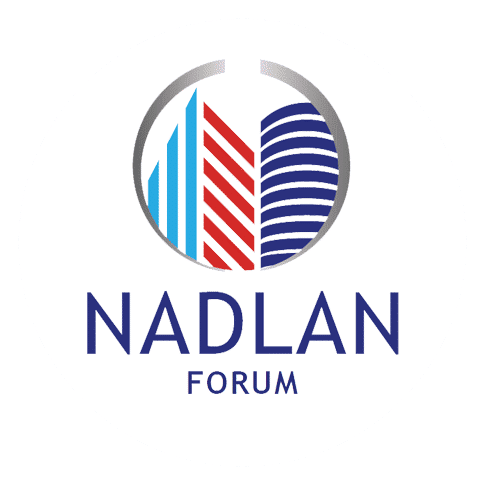























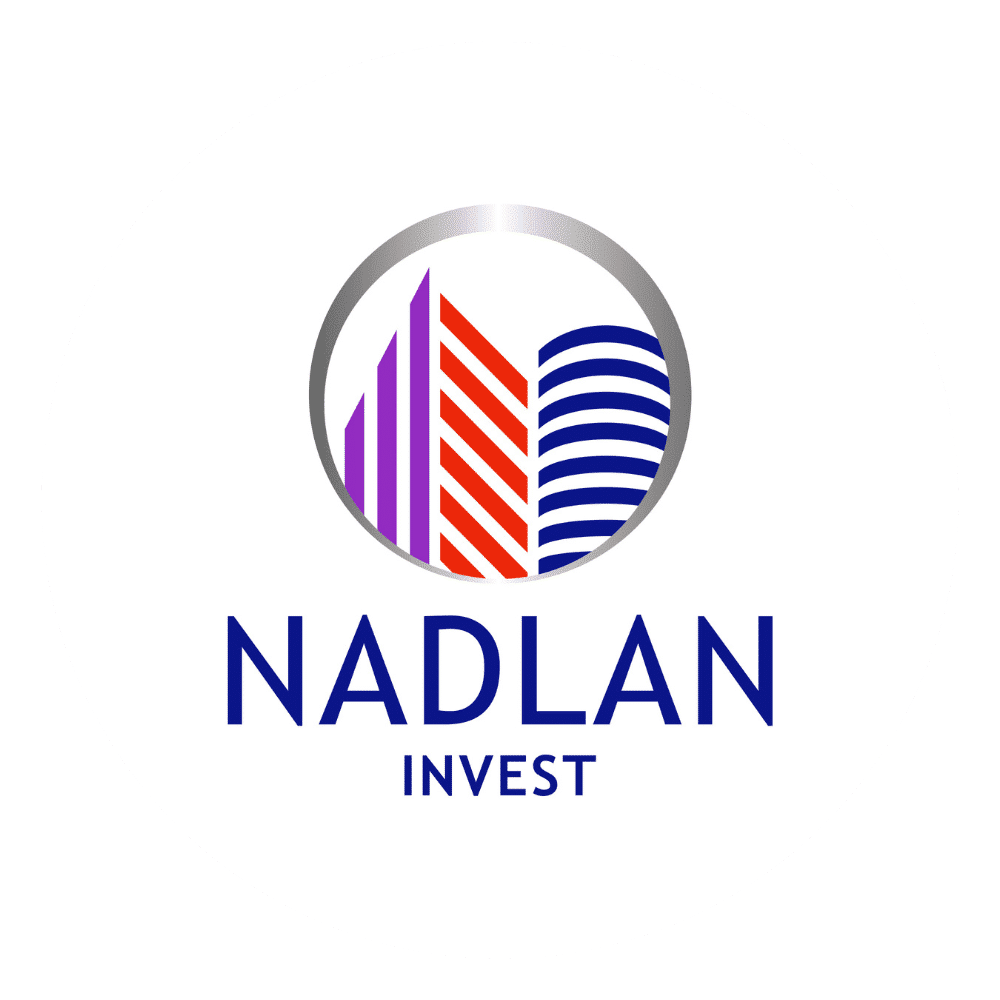


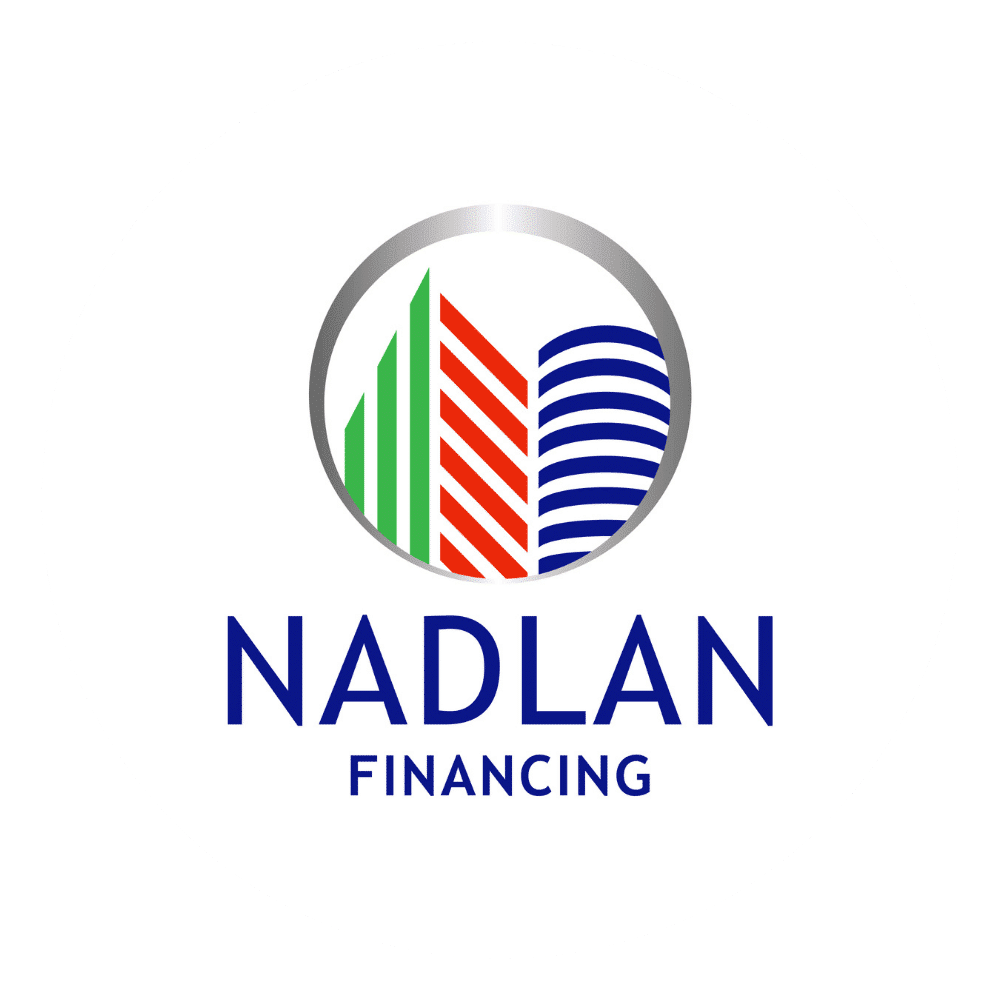


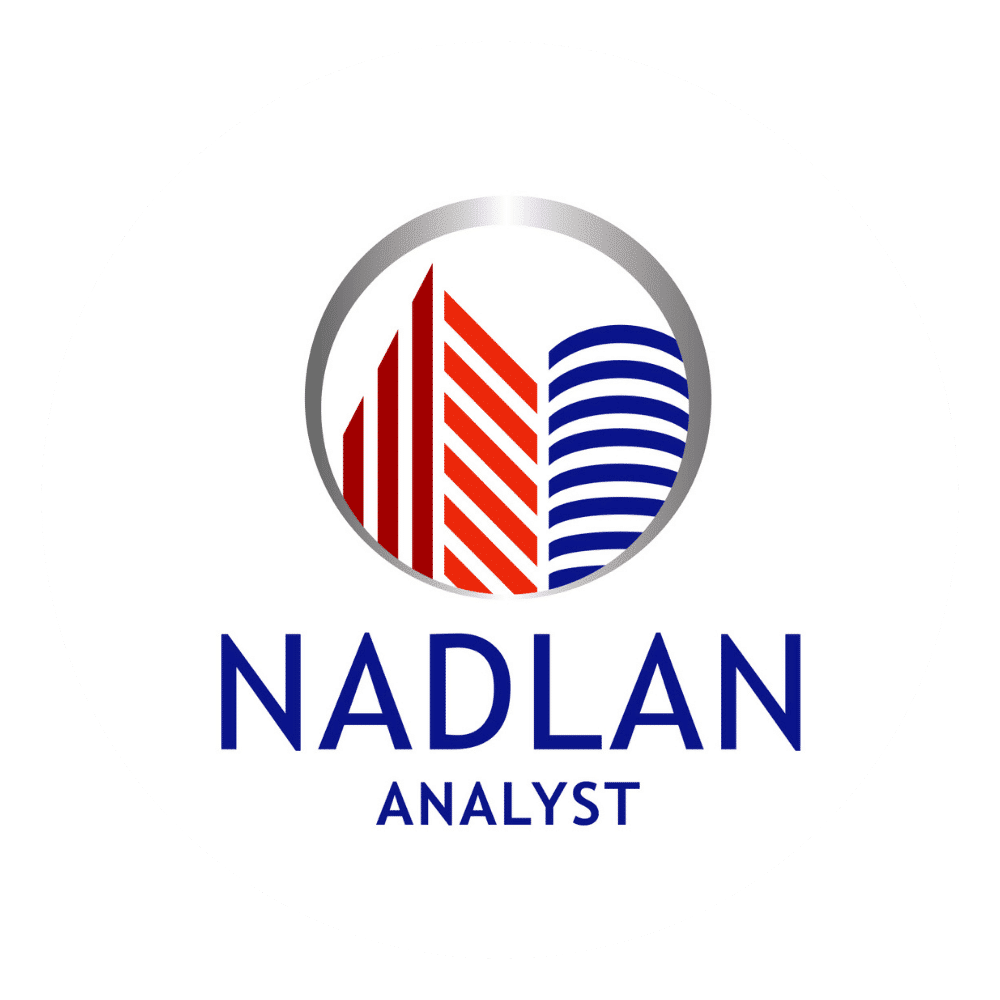
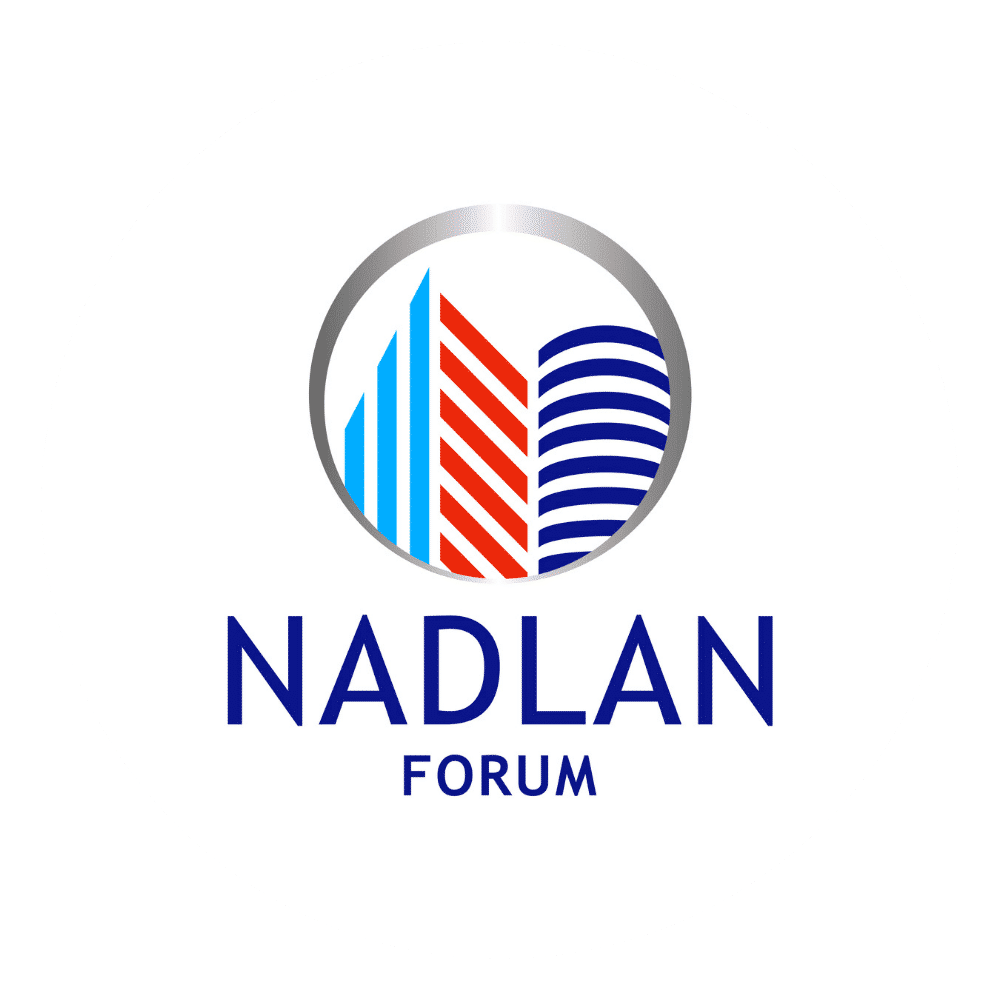
Responses